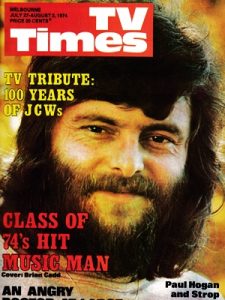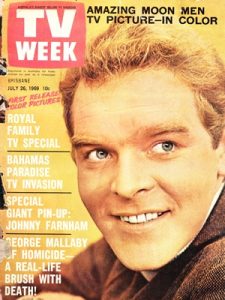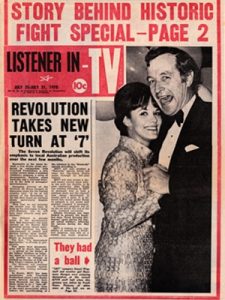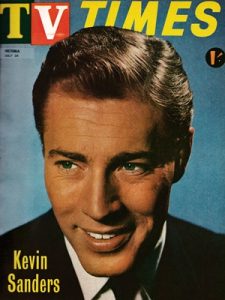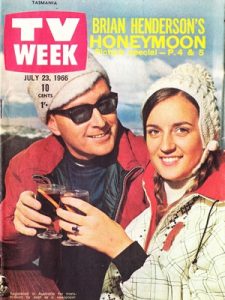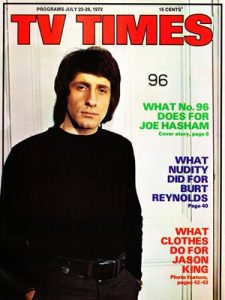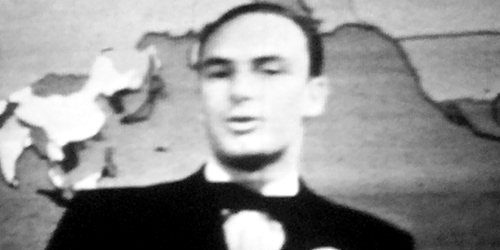
Australia had first considered television back in the early 1940s, but with a World War currently in progress, any further development was put on hold. Progress after the war was slow, but the upcoming 1956 Melbourne Olympic Games would ensure that TV would arrive in time for the Opening Ceremony — and it did, only just!
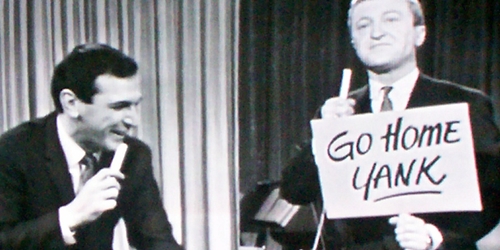
As could be expected, television was warmly received in Australia. While a lot of the faces on our screens were still predominantly imported, the Australian identity was slowly but surely making itself known in the new medium. Hit shows like Bandstand, IMT, Homicide and The Mavis Bramston Show were making their mark in Australian popular culture.
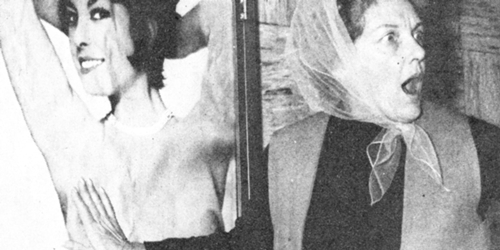
The Seventies was a radical period and this was also reflected on the nation’s TV screens. Leading the way in Australian TV’s loss of innocence were racy soap opera dramas Number 96 and The Box and the comedy-drama Alvin Purple. Also during the decade, Australian TV finally burst into colour, several years after its overseas counterparts. And a Sunday night tradition was born with the launch of the legendary music show Countdown.
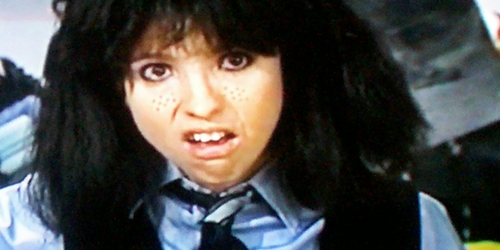
The decade where greed was good… and television was leading the way. Huge sums of money were spent on expensive productions, huge pay packets and improved technology and production values. Australian TV still couldn’t quite match the glamour of the Americans and it was a soap set in middle suburban Australia that put it back in the world spotlight.
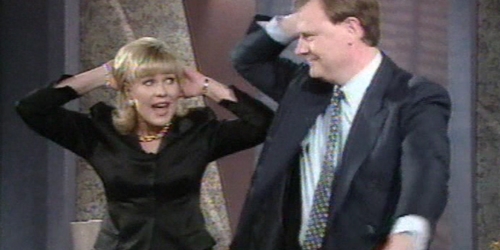
The decade started in recession and with two networks in receivership, and a third being sold back to its former owner for a fraction of what it had been bought for. Cost cutting and tight budgets became increasingly common. Despite this, regional television was expanding at a rapid rate to give country viewers the same choices as their city counterparts. Then came the countdown to the new millennium.
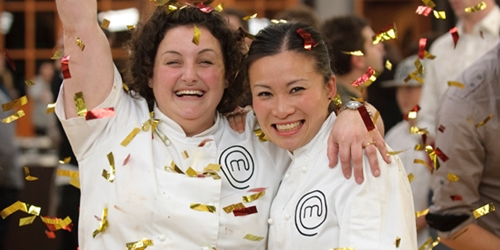
The new millennium kicked off with a marathon satellite telecast spanning all corners of the globe. Meanwhile with the new millennium came TV’s new programming trend – reality programs and game shows, and a new technology as Australian TV enters the digital age. By the end of the decade all free-to-air networks have launched digital multi-channels – while an old friend, Hey Hey It’s Saturday, makes a return appearance and two long-running programs, Rove and All Saints, sign off.
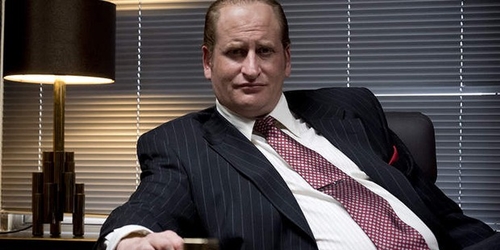
The advent of digital television a decade earlier has now seen the industry bombard the market with more viewing choice than ever before, with each commercial network pumping out additional digital channels and a datacast channel as well as their primary channel, and national broadcasters ABC and SBS also offering multiple channel options. Meanwhile, free-to-air and pay-TV operators experiment with 3D technology as analogue television is switched off for good.
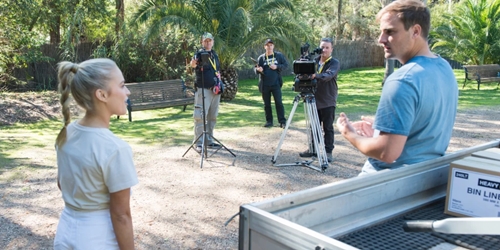
The decade starts as the COVID-19 pandemic wreaks havoc around the world and whole cities and countries go into lockdown. No sector is left unscathed, and the television and creative arts industries are brought to a standstill. But international eyes become focussed on Australia as it becomes one of the first countries to establish COVID-safe production models. The widespread ramifications of the pandemic are set to take years to recover from.
